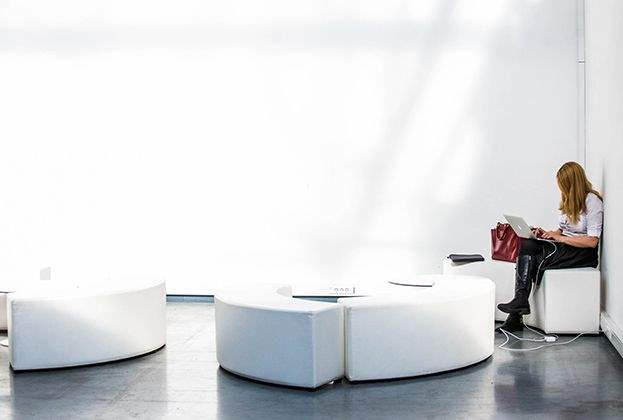Seniors housing on or close to educational campuses offers a wide variety of benefits to both the university and the local community
One of the other major themes in global real estate investment in recent years has been investing in demographic or structural change. At one end of the spectrum this has driven a surge in investor interest in student accommodation and the Private Rented Sector, and at the other end of the demographic curve in seniors housing.
Real Capital Analytics estimate that the global volume of money invested in seniors housing reached $13bn in 2018, with the UK and Europe remaining comparatively undeveloped given the forecast growth in the proportion of the population that will be over 65 years of age in the next decade.
Savills latest Healthcare Investment Market Update shows that investment in that sector was up 3.6% in 2018, reaching its highest ever level. The majority of this investment was targeted at the elderly/long-term care sector, with the investment volume exceeding £1bn last year.
Investor demand for these types of assets far exceeds supply, with particularly strong demand from non-domestic investors. This imbalance between supply and demand has resulted in steady yield hardening over the last six years, with prime yields for care homes hardening by 225bps over that period.
Investment in UK healthcare property reached its highest ever level in 2018
Savills Research
Not only is the investor demand being driven by a desire to invest in demographic change, but these assets are also delivering rental growth. While many care home rents are linked to RPI, we estimate that like-for-like rents on standing investments are 7.6% higher in real terms that they were in 2014.
While many of the seniors-focused assets that have been traded in recent years have involved some form of care provision, there is also a rapidly growing sub-sector which is private-rented space aimed at seniors. This is a much more evolved asset class in the US and we expect it to grow significantly in the UK as investors graduate from the multifamily/ private rented sector/student housing into the next most logical demographic play. Given the lack of stock that is currently available to invest in the UK the first opportunities that will be available to investors will be development-orientated.
Implications for higher education
An increasing number of North American universities have been developing seniors living, retirement communities, or continuing care retirement communities in recent years. We believe that this as yet unexplored asset class could be a major opportunity for British universities.
There is a wide variety of offers on American campuses, ranging from privately rented independent living, through assisted living and finally into nursing homes. The type of accommodation also varies and includes apartments, cottages and single-family homes.
Generally the model is for a developer to partner with the college or university where the academic institution either puts in the land or offers servicing. The eventual income stream is then shared between the joint venture partners. Some facilities are on or adjacent to campuses with strong service and educational ties with the university or college, while others have a looser relationship and less frequent contact with the sponsoring institution.
While the number of such projects is not yet huge in the US, the names of the colleges and universities who have tried it are high quality, and includes Duke, Notre Dame, Penn State and the University of Florida.
The attractions of these communities to senior citizens include access to university social, educational and healthcare amenities, as well as socialisation and stimulation. There is also evidence of some brand loyalty emerging, with studies estimating that 10–20% of residents are alumni of that institution.
For the educational institution some of the benefits are very tangible e.g. the income stream from the rents, or the capital receipt from a sale & leaseback, or the impact investing effect of improving people’s lives. Other benefits to the university could include a ready pool of volunteers for on-campus activities; the creation of an intergenerational community to the benefit of students; and the usage of facilities and possibly even classes in quieter periods as part of a generational swing towards lifelong learning.
Read the other articles within this publication below
.jpg)



.jpg)